The story of our eucalypts
Eucalypts—often called gum trees—are icons of the Australian flora. With more than 800 species they dominate the Australian landscape, forming forests, woodland and shrublands in all environments except the most arid deserts.
Karri and Mountain ash form tall wet forests, mallee species grow in semi-arid regions and snow gums are stunted twisted trees of subalpine regions.
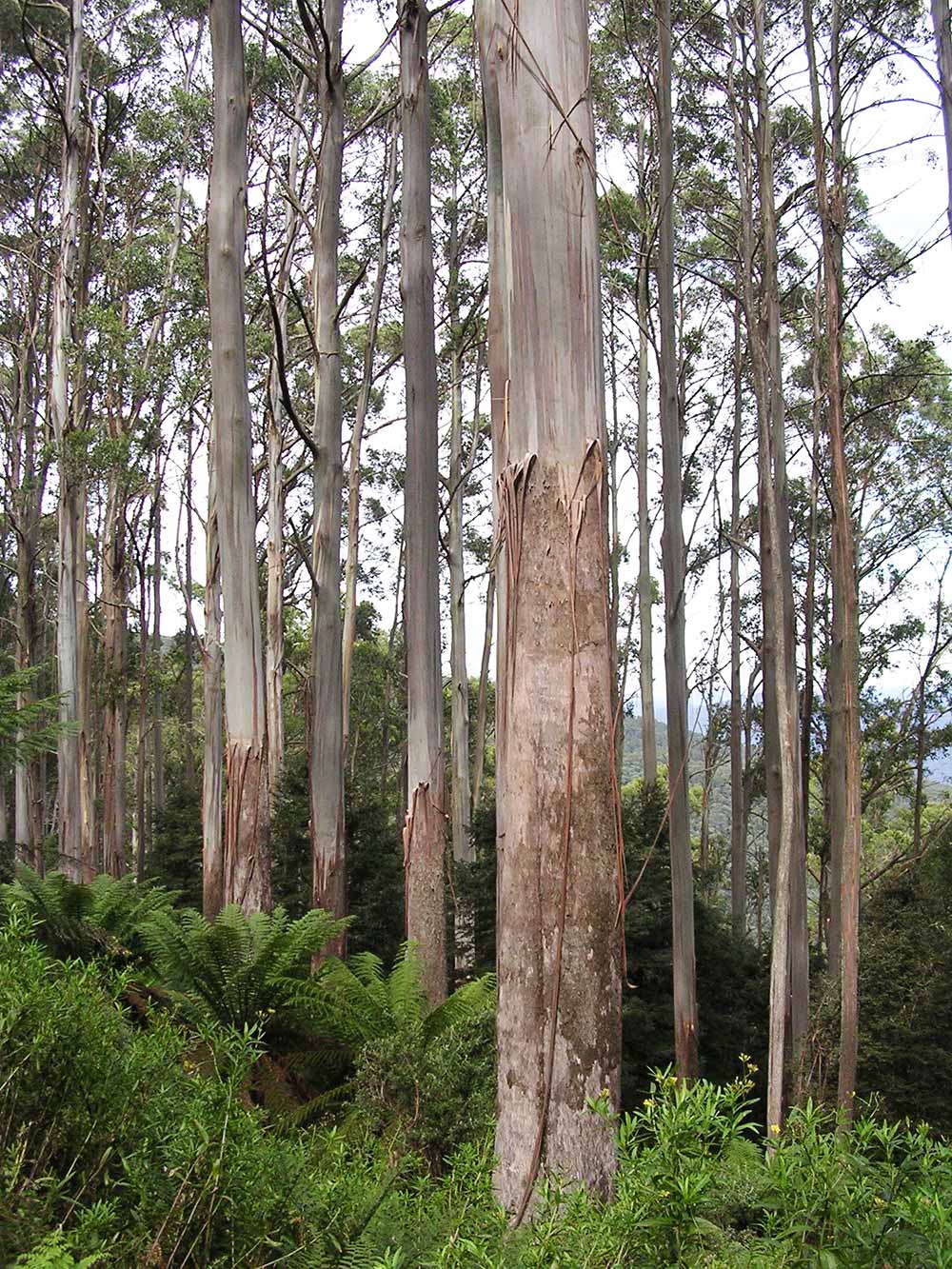
A few tropical species extend the range of eucalypts north of the continent, with rainbow gum (Eucalyptus deglupta) found in the rainforests of New Guinea, Sulawesi and Mindanao in the Philippines, and White Gum (Eucalyptus alba) on Timor.
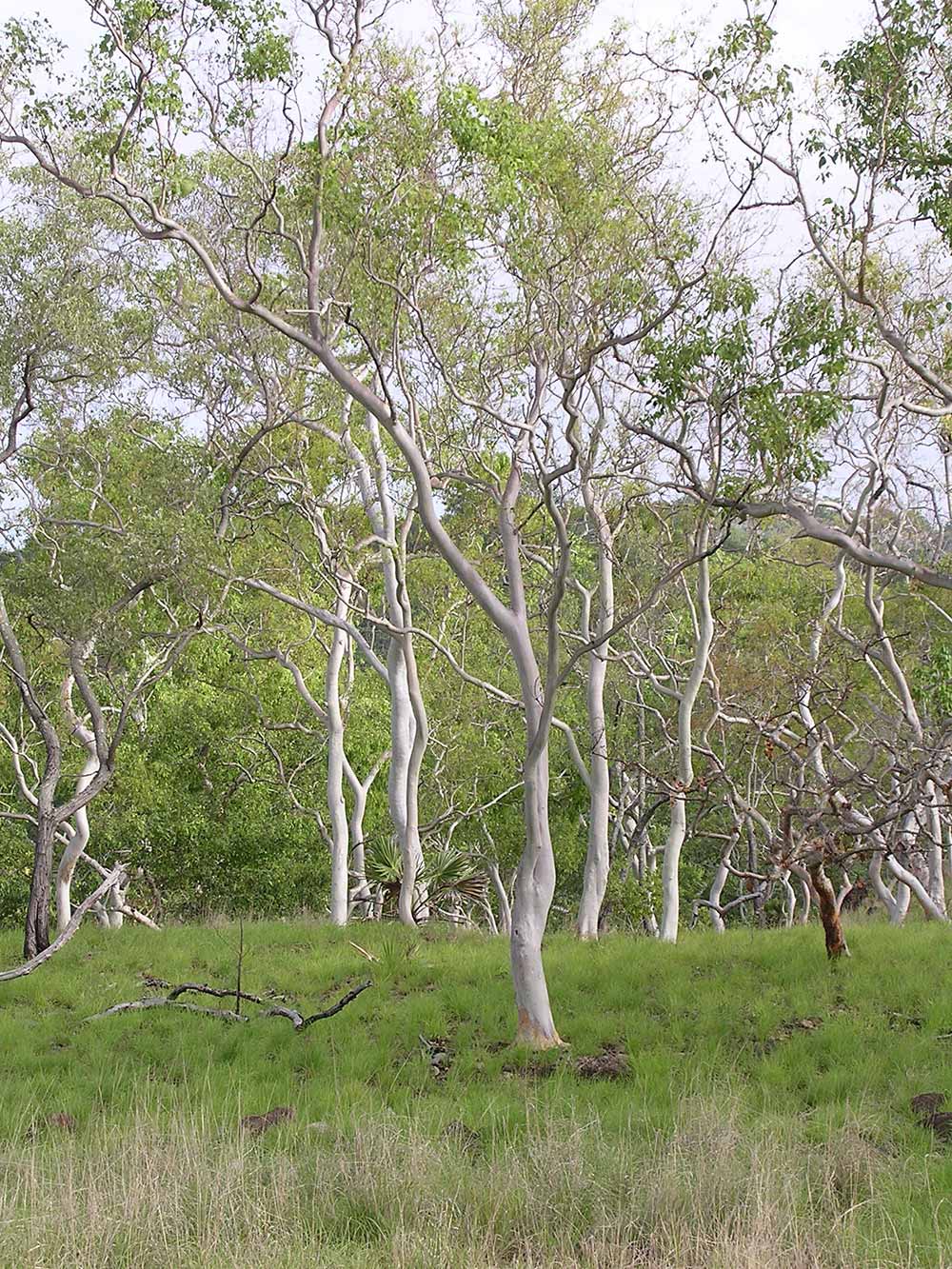
Evidence from sequencing DNA and the discovery of fossils indicate that the eucalypts have their evolutionary roots in Gondwana, when Australia was still connected to Antarctica. Impression fossils of leaves and fruits with very good detail have been described from Patagonia in South America and dated at 52 million years old. Less well-preserved fossils are known from sites in Australia and even in New Zealand.
Ancient eucalypts were probably similar to some of the current day tropical wet forest species. They would have occurred among or on the edge of ancient rainforest. And as Australia drifted north, they adapted to drier climates, weathered soils and a fire-prone landscapes. As Australia reached southeast Asia the opportunity arose for range expansions to the north, where today we see Rainbow Gum.
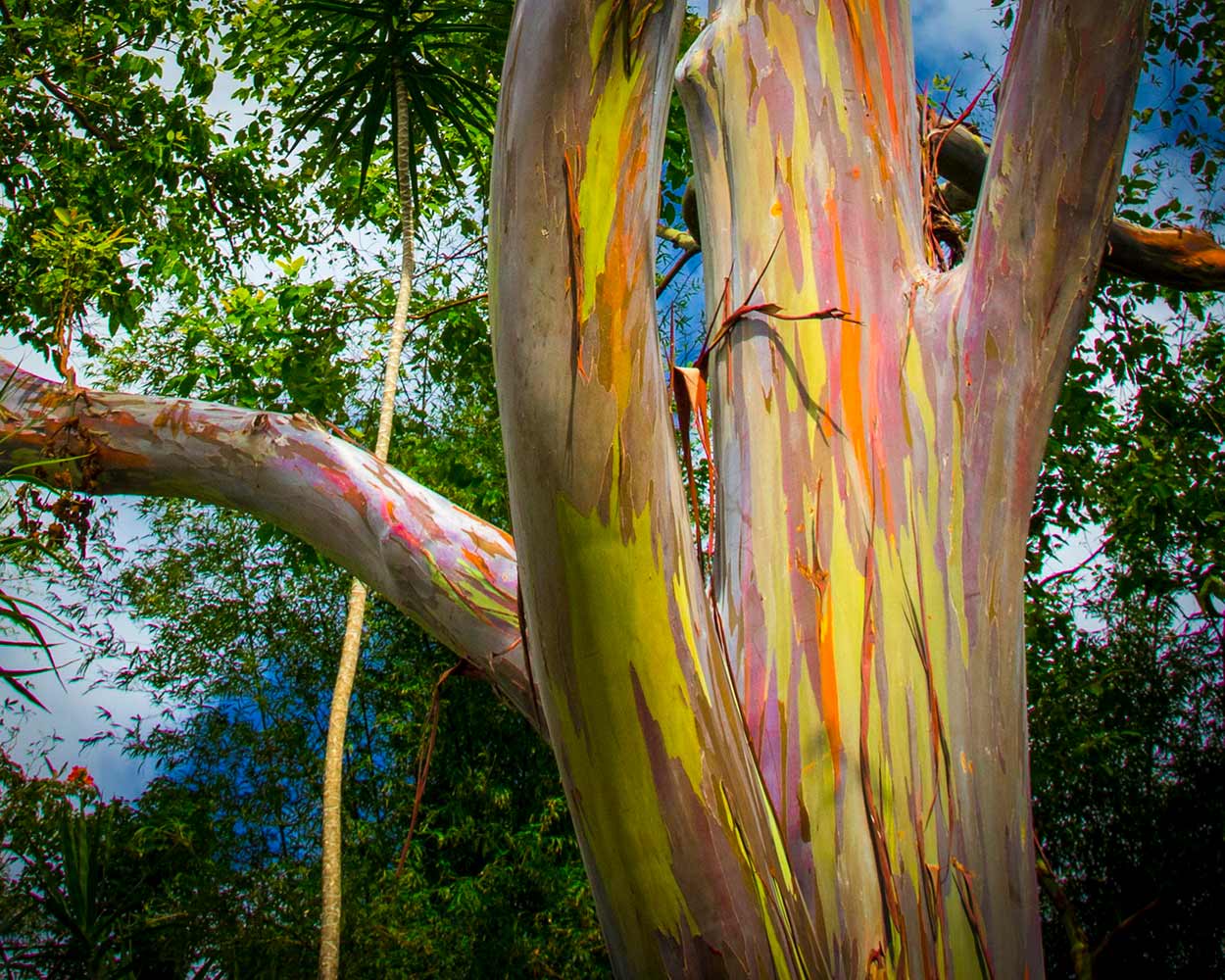
The remarkable ability of most eucalypts to quickly re-sprout from dormant buds located under the bark or in lignotubers following damage from drought or fire is a feature that has helped them to survive and dominate the harsher environments that evolved with Australia's changing climate over the last 30 million years or so.
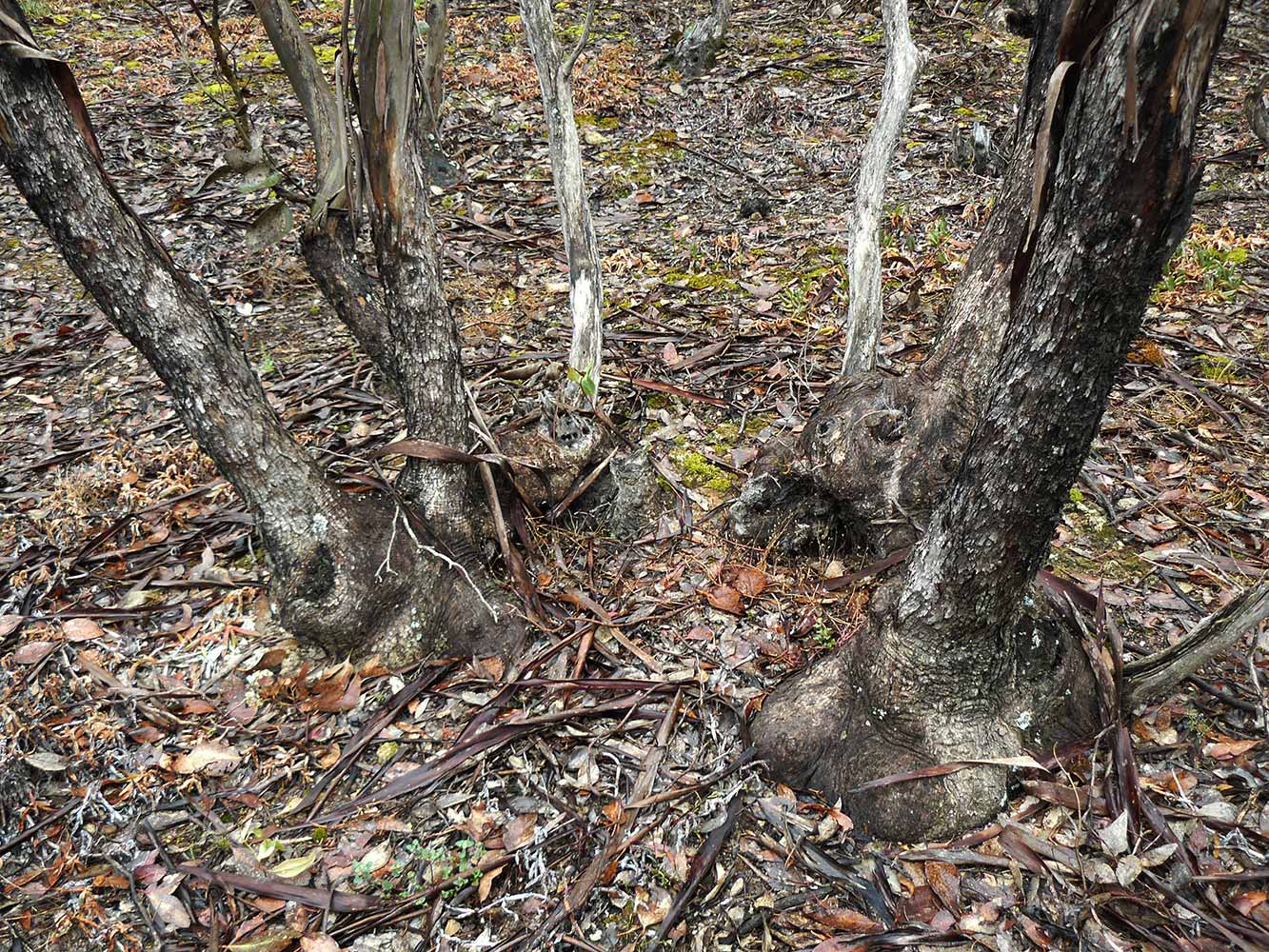
Eucalypts are evergreens. Unlike many northern hemisphere trees that are deciduous in harsh times such as winter, eucalypts have leaves all year. Eucalypts are described as ‘sclerophylls’, meaning ‘hard-leaved’. The leaves are thick, leathery and tough due to lignin, and do not easily wilt. This enables them to survive hot and dry conditions.
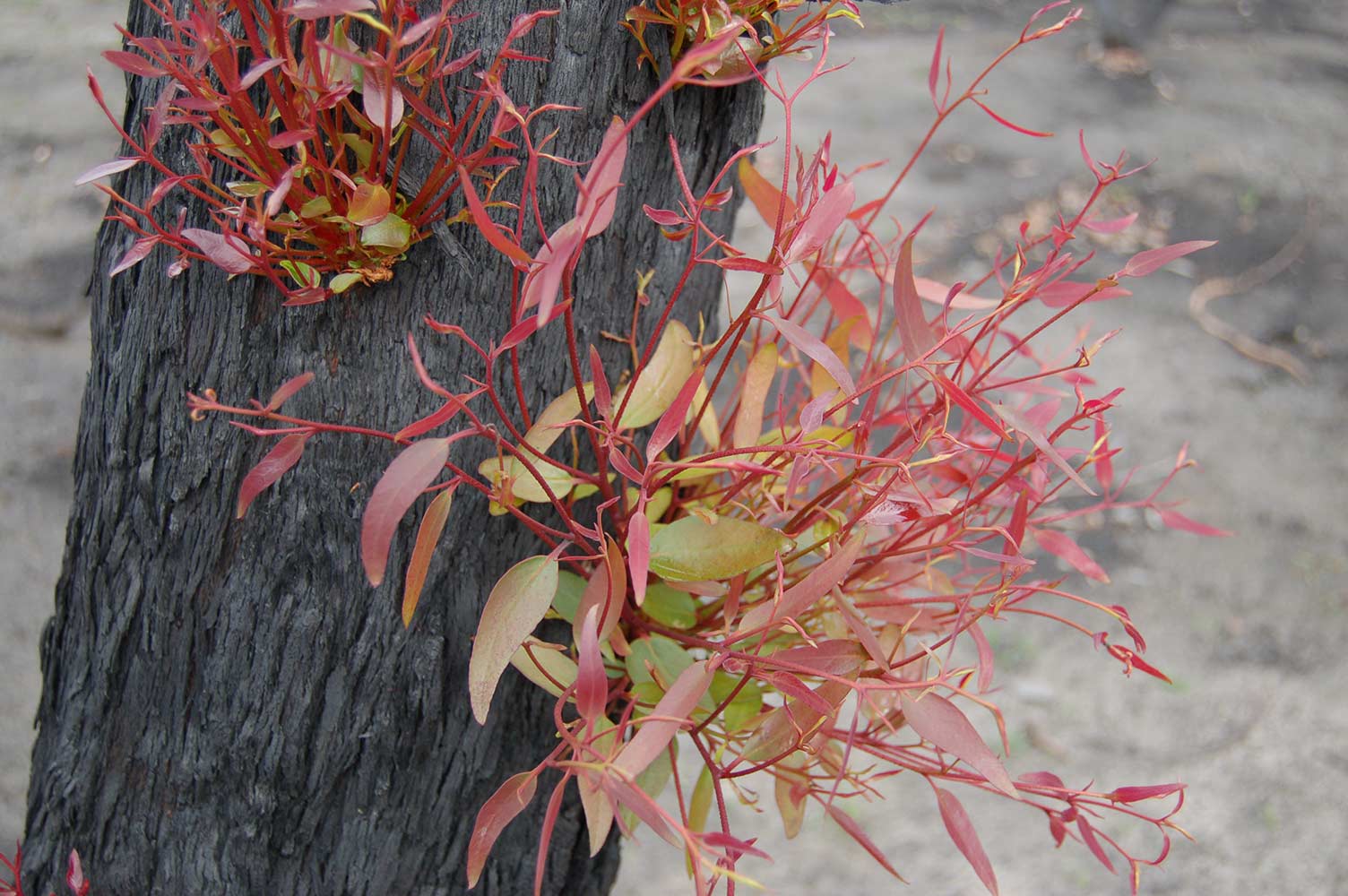
Eucalypts also develop very different leaves as they grow from young juvenile plants to adult trees. Often the juvenile leaves are held horizontally to maximise light absorption but as adults the stalk of the leaf twists and the leaves hang vertically to reduce exposure to high levels of radiation and water loss. The internal anatomy of the leaves also changes.
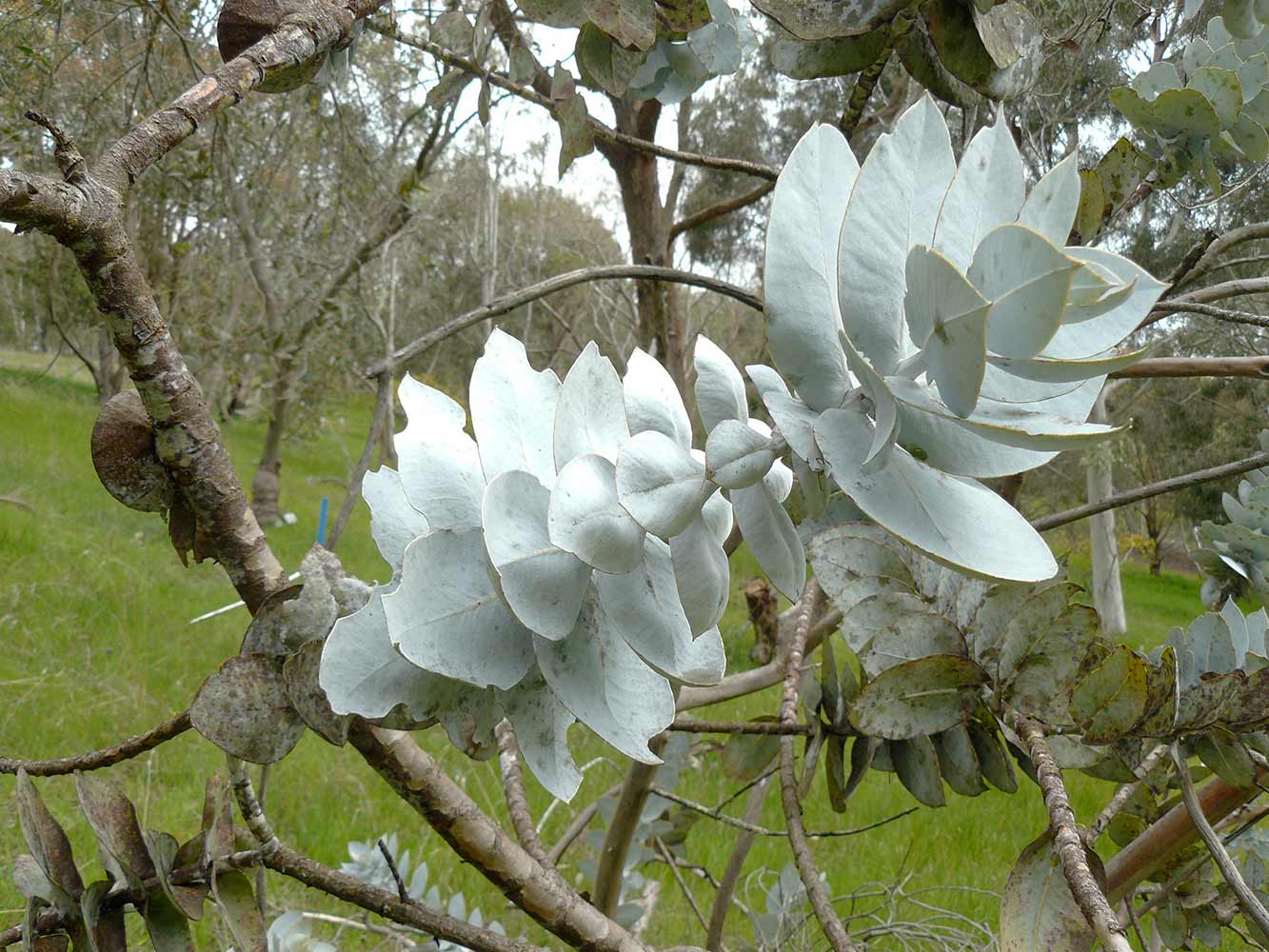
A unique feature of the eucalypts is the caps—called opercula—that cover the flowers when in bud. These caps are the equivalent of the showy petals and sepals of other flowering plant. The flowers themselves don’t have such petals, but display many stamens, often cream coloured, but pink and red in bird-pollinated species. The opercula prevent the flower from drying out and along with oil glands in the tissues, help protect it from insect attack. Evidence that these opercula provide a selective advantage to plants comes from the fact that they’ve evolved independently in different genera—in both the genus Eucalyptus and in genus Corymbia (the bloodwoods).
After they are pollinated, the eucalypt flowers develop into woody fruits, known as capsules—that’s right, those gum ‘nuts’ we all collected as kids are technically fruits!
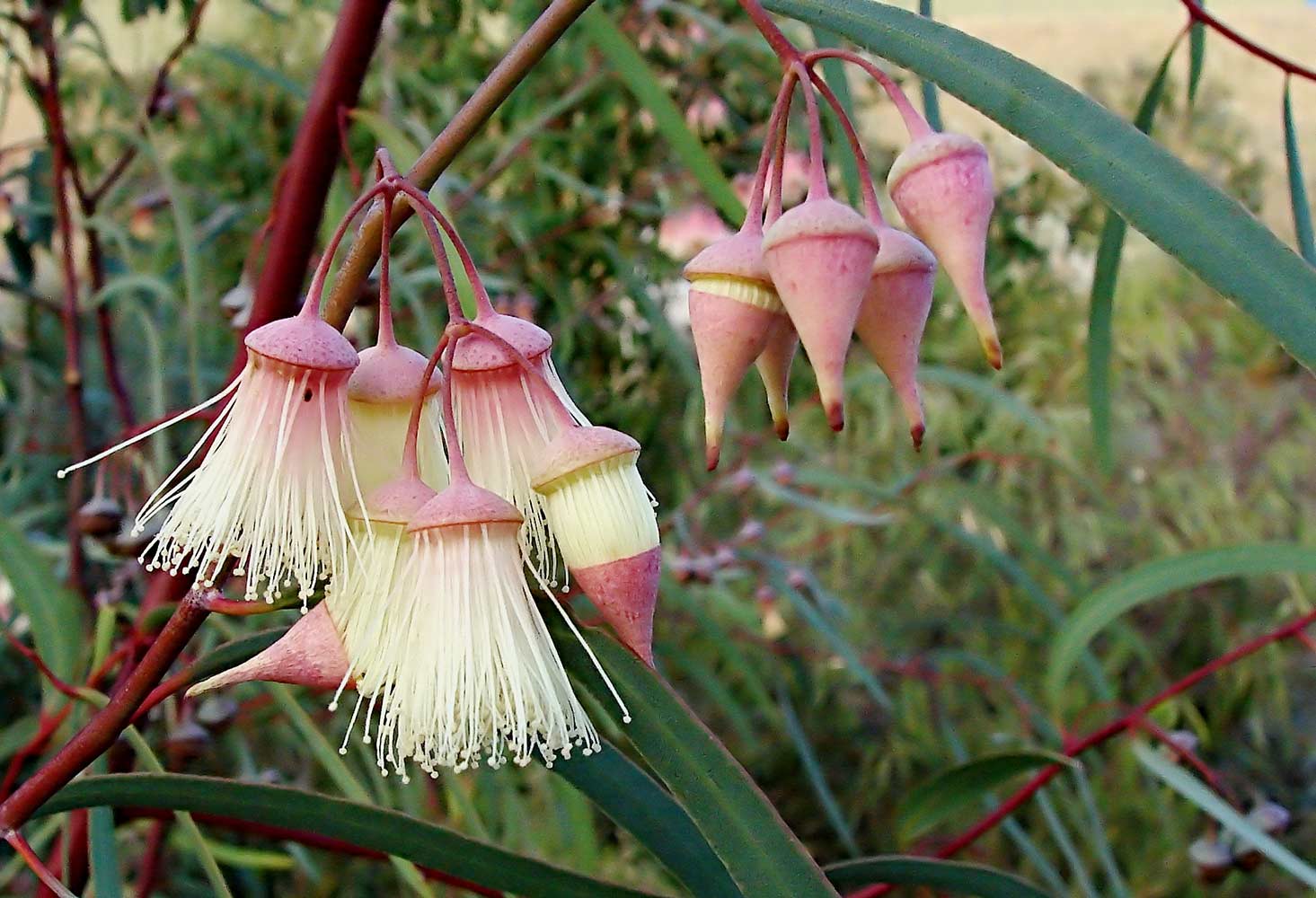
Eucalypts have a notorious reputation for dropping branches, with many people considering them unsuitable for street trees or dangerous to have in their backyards. So, is this actually true? In times of drought or other stress, perhaps disease-induced, eucalypts will sometimes drop what looks to be a perfectly healthy branch with no apparent warning signs. During hot dry conditions, branches with insufficient water become brittle and can fall in windy conditions, especially from old trees. This can, understandably, instil a certain amount of apprehension in people. There are a few species in particular that are more prone to dropping their branches—manna gum (E. viminalis), river red gum (E. camaldulensis), yellow box (E. melliodora) and maiden’s blue gum (E. globulus).
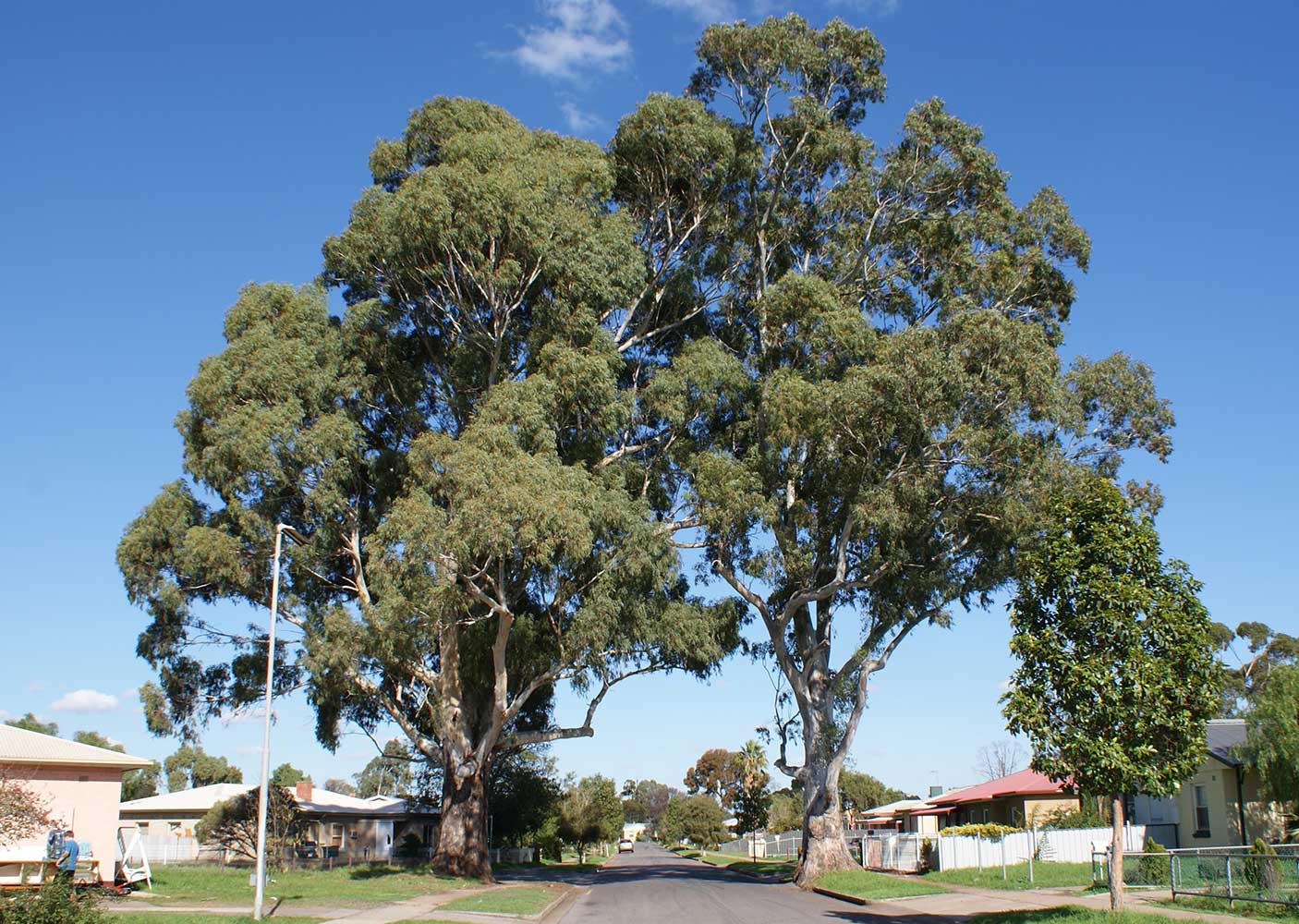
So if you’d like to plant one (or several) of these quintessentially Australian trees in your yard, but have safety concerns, first check the species. Make sure it’s appropriate for the size of your yard (there is a surprising number of smaller species) and plant it away from the house. Alternatively, enjoy gum trees by venturing out into the bush on the weekend and immersing yourself in the scents and atmosphere of the landscape.





